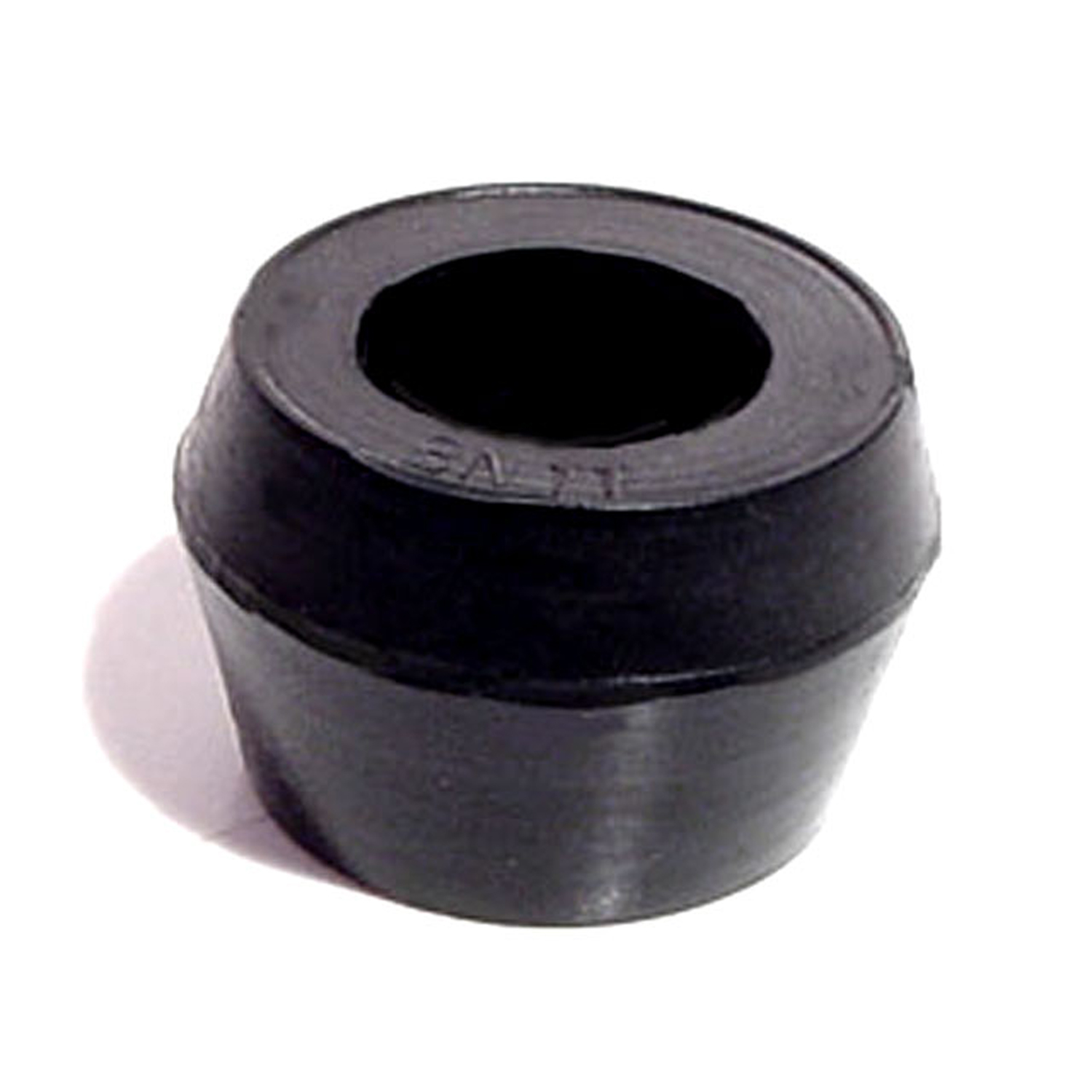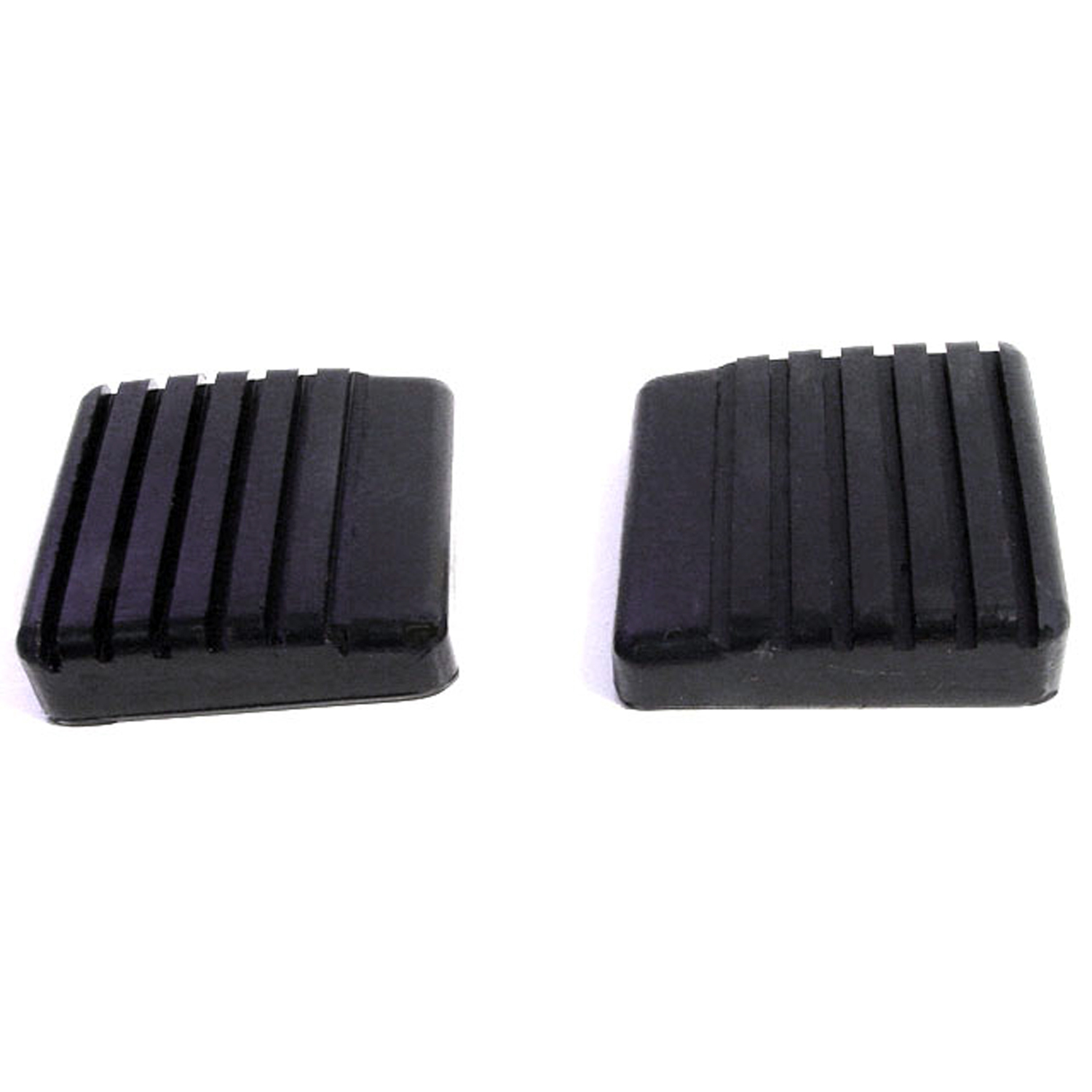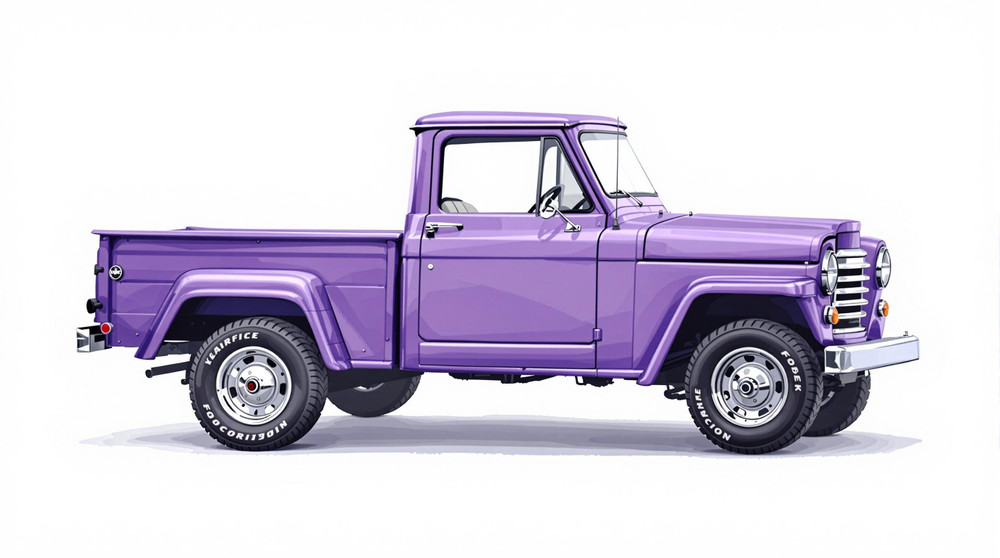Image of 1964 Jeep Fc170, Note: These illustrations use artistic license and may differ from actual historical models.
Performance Metrics
Fundamental Metrics
Emotional Appeal
MMP Rating
| Engine Specifications | |
|---|---|
| Engine: | Inline-6 |
| Displacement: | 226 cubic inches |
| Horsepower: | Estimated 105 hp |
| Torque: | 190 lb-ft |
| Compression Ratio: | Estimated 7.5:1 |
| Ignition System: | Distributor and coil |
| Cooling System: | Liquid-cooled |
| Performance Specifications | |
| 0-60 Time: | Not available due to the vehicle's age and purpose |
| 1/4 Mile Time: | Not available due to the vehicle's age and purpose |
| Top Speed: | 60-65 mph |
| Transmission and Drive | |
| Drive Type: | 4WD |
| Transmission Type: | 3-speed manual |
| Fuel and Efficiency | |
| Fuel System Type: | Carburetor |
| MPG: | Estimated 10-12 mpg |
| Dimensions and Brakes | |
| Brakes: | Drum brakes |
| Wheelbase: | 103.5 inches |
| Weight: | Estimated 3,500 lbs |
Note: Specifications for classic cars are given to the best of our ability, considering the limited and variant data available.
The Unmistakable Workhorse: The 1964 Jeep FC170
From the moment it rolled off the production line, the 1964 Jeep FC170 was more than just a vehicle; it was a statement of rugged innovation and utilitarian design. Born from the post-war era's demand for tough, versatile work vehicles, the FC170 emerged as a product of Willys-Overland Motors—a company with a storied history of creating military-grade vehicles for civilian use. The FC, or Forward Control series, was a bold departure from traditional pickup designs, offering a unique take on truck utility that has since become a beloved icon among enthusiasts.
Design and Innovation
The exterior of the Jeep FC170 is immediately recognizable by its cab-over-engine (COE) layout, which pushed the driver's compartment over the front axle to maximize cargo space in the back. This forward-thinking design provided a compact footprint without sacrificing payload capacity. The interior was spartan but functional, with materials chosen for durability over luxury. Technologically, the FC170 was ahead of its time with its four-wheel drive system, reflecting Jeep's commitment to vehicles that could handle tough terrain. Color options were typically utilitarian, with President Red and Plantation White being popular choices among the few available. The most iconic body style was undoubtedly the pickup configuration, with its flatbed rear offering endless possibilities for customization and use.
Historical Significance
The Jeep FC170's impact on automotive design cannot be overstated. It challenged conventional truck layouts and paved the way for future COE designs in commercial vehicles. Its unique look and capabilities set it apart from other trucks of the era, cementing its place in automotive history as an innovative solution to post-war America's needs for versatile and robust work vehicles.
Performance and Handling
Performance-wise, the FC170 was never about speed—it was built to work. With a top speed that hovered around the modest mark of 60 mph, it was more about torque and towing capacity than acceleration. Handling was as expected for a vehicle of its stature; it was sturdy and reliable rather than nimble. The driving experience was characterized by the unmistakable growl of its engine and the commanding view from the elevated cab position. Drivers felt connected to the task at hand, whether navigating rocky paths or hauling heavy loads.
Ownership Experience
Owners of the Jeep FC170 used their vehicles in a variety of ways: as daily drivers, farm workhorses, and even as show cars for vintage enthusiasts. Maintenance and reliability were hallmarks of the Jeep brand, and the FC170 was no exception. Parts were generally easy to source, and repairs could often be done by the owners themselves, making it a practical choice for those who needed a dependable vehicle.
Fun Facts
The FC170 had its share of quirks and trivia. For instance, its snub-nosed design earned it affectionate nicknames like "pig nose." While not known for celebrity ownerships or speed records, it did hold its own in terms of endurance and capability. Criticisms were few but typically centered around its unconventional appearance and less-than-spacious cab.
Collector's Information
Today, the 1964 Jeep FC170 holds a special place in the hearts of collectors. While exact production numbers are hard to come by, it's clear that these vehicles are relatively rare. As interest in vintage trucks continues to grow, so does the value of the FC170. Depending on condition and originality, one could fetch anywhere from $10,000 to $40,000 or more in today's market.
Conclusion
The 1964 Jeep FC170 stands as a testament to innovation and resilience. It's a vehicle that broke molds and exceeded expectations, becoming much more than just another truck—it became an enduring symbol of American ingenuity. For those lucky enough to own one today, it represents not just a piece of history but a living legacy of toughness and versatility.
1964 Jeep Fc170 Catalog of Parts
 1964 Jeep FC170 Shock Absorber Grommet. 1" bottom O.D-BN 11Shock Absorber Grommet. 1" bottom O.D., 3/4" high, with 5/8" I.D. Each
1964 Jeep FC170 Shock Absorber Grommet. 1" bottom O.D-BN 11Shock Absorber Grommet. 1" bottom O.D., 3/4" high, with 5/8" I.D. Each 1964 Jeep FC170 Clutch and Brake Pedal Pads. Pair-CB 61-BClutch and Brake Pedal Pads. Pair
1964 Jeep FC170 Clutch and Brake Pedal Pads. Pair-CB 61-BClutch and Brake Pedal Pads. PairWhy Choose Metro?
For over 100 years, Metro Moulded Parts has been the pinnacle of quality in classic car restoration parts. Our commitment to precision and authenticity in every component ensures a perfect fit and an OEM-level appearance.
- Expert Craftsmanship & Quality: Each part is a testament to our dedication to reliability and perfection, crafted from original designs and thoroughly tested.
- Advanced Technology: We use cutting-edge techniques to create flawless, long-lasting parts that surpass others in performance.
- SuperSoft Sponge – The Ultimate Door Seal: Not only are our door seals 30% softer than competitors', but they're also guaranteed to never leak. They effectively reduce wind and road noise, enhancing your classic car's comfort and driving experience.
- Proudly American: Our parts are a product of American craftsmanship, made in the USA with a spirit of excellence and heritage.
- Unrivaled Warranty: We back our products with a 30-year industry-leading warranty, a testament to our confidence in their quality.
Join us in preserving the legacy of classic cars with parts that are crafted for perfection, not just made.

